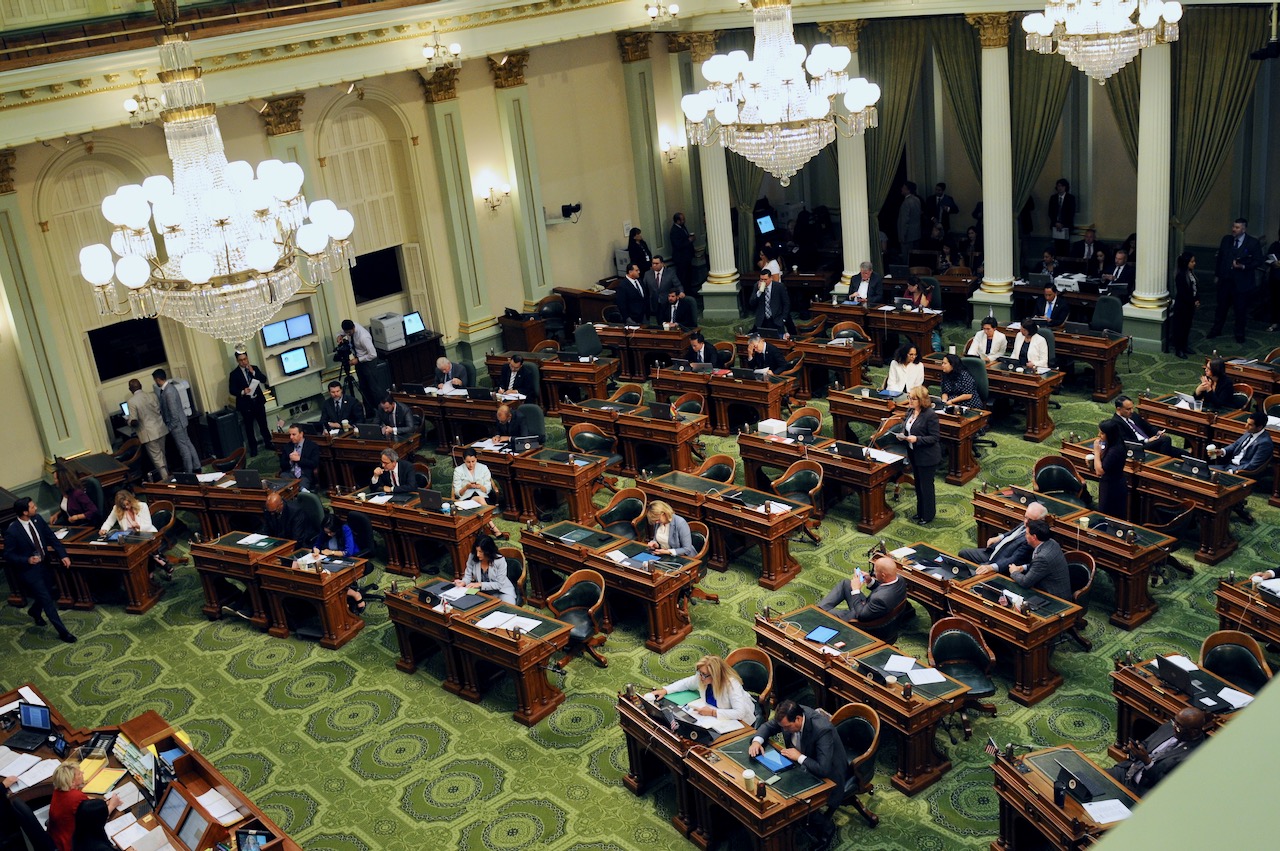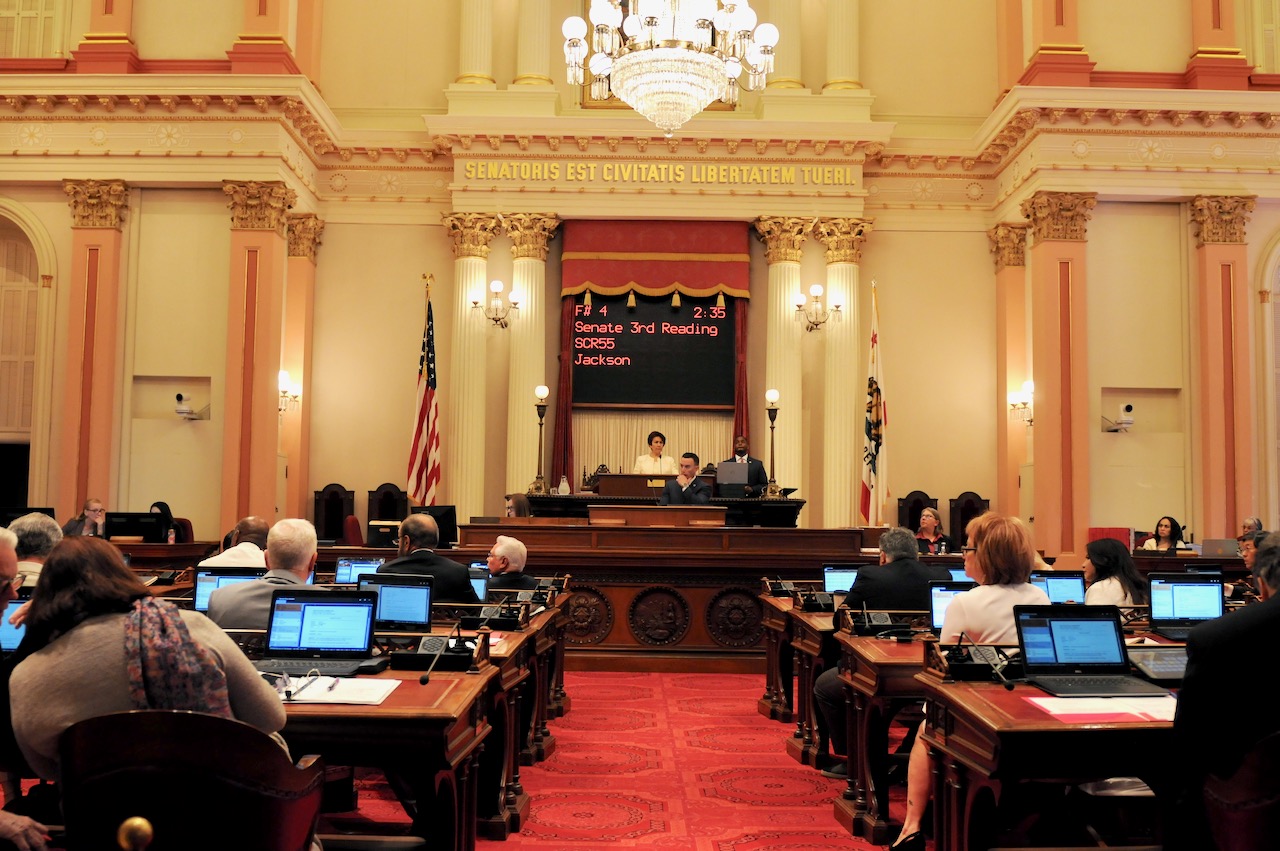
What Are Section 100 Changes?
What is ‘a change without regulatory effect’?
By Chris Micheli, November 20, 2023 6:16 am
If you have reviewed California’s executive branch rulemaking activities from the myriad of agencies and departments promulgating regulations in this state, you may have come across a “Section 100” filing. What are those? Basically, changes without regulatory effect are known as “non-regulatory changes,” or “non-substantive changes,” but often referred to as “Section 100 changes.”
What is “a change without regulatory effect”? Basically, it is a change or changes to an existing regulation that “do not materially alter any requirement, right, responsibility, condition, prescription, or other regulatory element of any California Code of Regulations provision.” This area is found in 1 CCR, §100(a).
Section 100 (hence the name “Section 100 changes”) provides a list of examples of changes do not have regulatory effect. It is not an exclusive list of changes without regulatory effect. Also, any change which meets the general definition of a change without regulatory effect may qualify as a Section 100 change and approval by the Office of Administrative Law (OAL).is
1 CCR § 100 is titled Publication of “Changes Without Regulatory Effect.” Section 100 provides that an agency may add to, revise, or delete text published in the California Code of Regulations without complying with the rulemaking procedure of the APA only if the change does not materially alter any requirement, right, responsibility, condition, prescription or other regulatory element of any California Code of Regulations provision.
Section 100 also specifies that “changes without regulatory effect may include, but are not limited to:
(1) renumbering, reordering, or relocating a regulatory provision;
(2) deleting a regulatory provision for which all statutory or constitutional authority has been repealed;
(3) deleting a regulatory provision held invalid in a judgment that has become final, entered by a California court of competent jurisdiction, a United States District Court located in the State of California, the United States Court of Appeals for the Ninth Circuit, or the United States Supreme Court; however, OAL shall not approve any proposed change without regulatory effect if the change is based on a superior court decision which invalidated the regulatory provision solely on the grounds that the underlying statute was unconstitutional;
(4) revising structure, syntax, cross-reference, grammar, or punctuation;
(5) changing an “authority” or “reference” citation for a regulation; and,
(6) making a regulatory provision consistent with a changed California statute” if specified conditions are met.
When an agency submits to OAL any changes without regulatory effect, the agency is required to prepare a written statement explaining why the change does not materially alter any requirement, right, responsibility, condition, prescription or other regulatory element and submit a copy of the statement with other specified documents.
Thereafter, OAL is required to determine whether the submitted change is a change without regulatory effect. OAL must file it with the Secretary of State and have it published in the California Code of Regulations.





This right here is suuuper suspicious:
(4) revising structure, syntax, cross-reference, grammar, or punctuation;
At approval time: “Oh no, this won’t change a thing.”
Letter in the mail: “You have been found guilty, a trial was held three months ago, pay us now, agents en route.”
Scary as hell. Legislatures exist for precisely this reason.